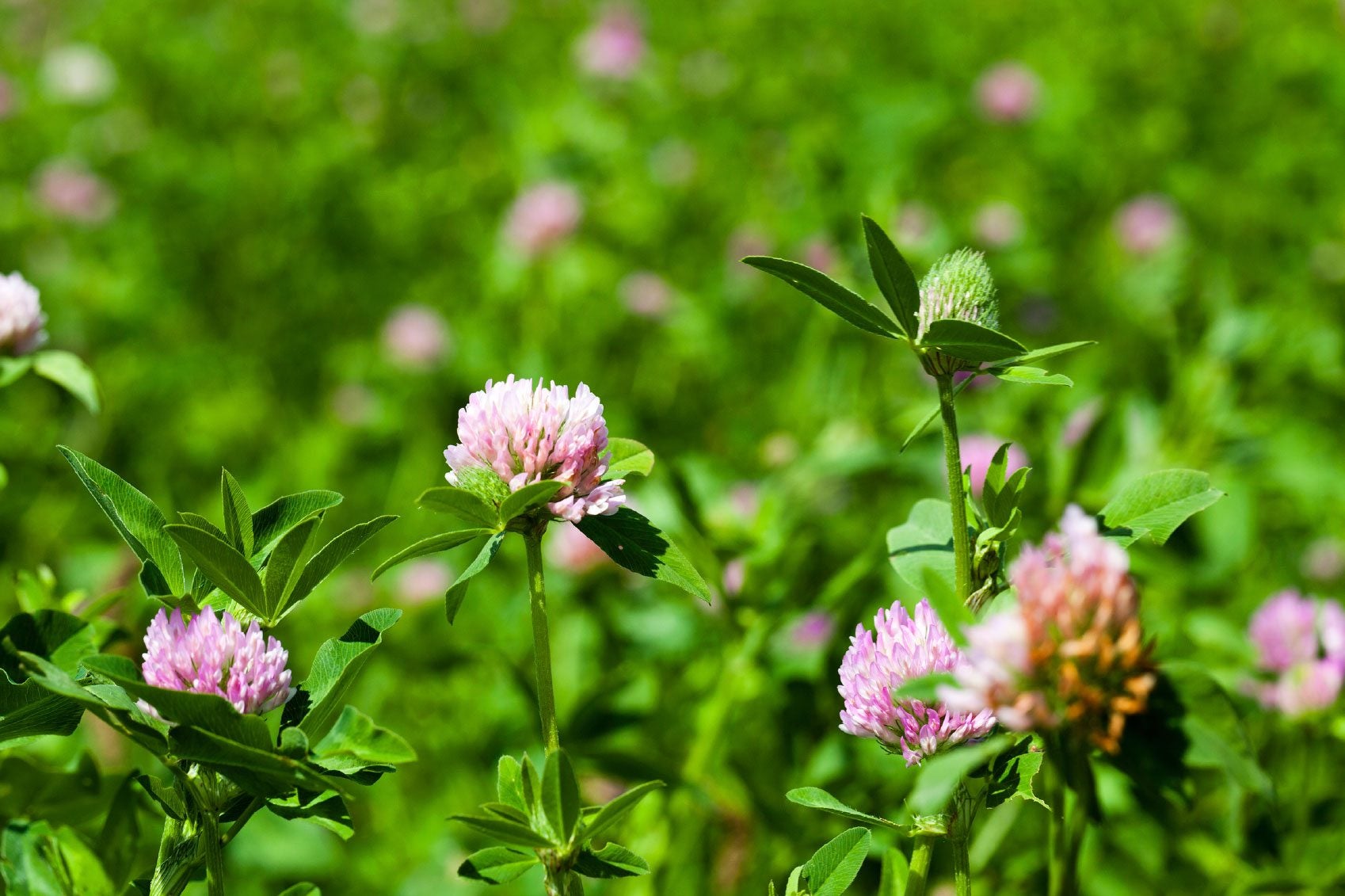Common Edible Plants: Learn About Edible Plants That Grow In The Wild


Wildflowers are interesting plants that add color and beauty to the natural landscape, but they may have even more to offer. Many of the native plants we take for granted are edible and some are surprisingly tasty. No matter how harmless it looks, however, you should never eat a wildflower unless you are absolutely certain the plant is non-toxic. In some cases, the leaves, blooms, berries, stems, or roots may be poison or even deadly.
Edible Wild Plant Guide
Common edible plants and wildflowers you can eat include:
- Cattails- Cattails grow in wet areas along creeks, lakes, and ponds. The starchy roots can be eaten raw, but boiling will tenderize tougher shoots. Roots of young cattails can be roasted or boiled.
- Clover- Clover, a well-known plant, is found in open, grassy fields and meadows. The rhizomes and roots are tasty boiled or roasted and the blooms can be dried and used to make clover tea.
- Dandelion- These colorful wildflowers grow nearly everywhere. Fresh dandelion greens are prepared much like spinach-- boiled, steamed, or eaten raw in salads. The bright yellow blooms, which have a sweet flavor, are often used to make homemade wine or add color to a green salad. Dried, ground dandelion roots make an interesting coffee substitute.
- Chicory- Chicory belongs to the dandelion family, but the blue blooms have a somewhat bitter, earthy flavor similar to arugula or radicchio. Like dandelions, the roots can be roasted, dried, and ground as a coffee substitute.
- Wild violets- Tiny wild violets can be boiled, steeped, and strained to make bright purple jelly with a sweet, delicate flavor.
Harvesting Edible Native Plants
Educate yourself about wildflowers before you begin harvesting edible native plants. Harvest only as much as you need and never harvest wildflowers that are rare or endangered. Some edible plants that grow in the wild are legally protected. It is often illegal to pick wildflowers on public lands. Similarly, if you plan to harvest wildflowers from private property, always ask the landowner first. Avoid plants that may have been treated with herbicides or insecticides. For example, eating plants you find along the roadside generally isn't a good idea because strips of land adjacent to highways are usually sprayed. Additionally, plants growing along busy highways are contaminated by harmful auto emissions.
Sign up for the Gardening Know How newsletter today and receive a free copy of our e-book "How to Grow Delicious Tomatoes".

A Credentialed Garden Writer, Mary H. Dyer was with Gardening Know How in the very beginning, publishing articles as early as 2007.